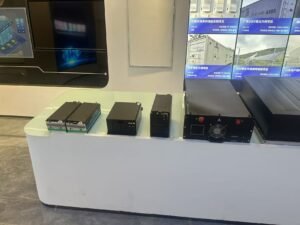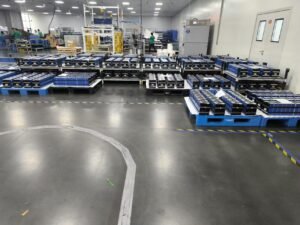Electricity is getting more and more expensive, is there a more cost effective way to supply electricity?
•
Rising electricity bills are squeezing household budgets and business profits alike. Many are searching for alternatives to traditional grid power that can reduce costs without sacrificing reliability.
Solar power systems offer the most cost-effective alternative to grid electricity, with typical payback periods of 3-7 years and potential savings of 50-90% on electricity bills over the system's 25+ year lifespan.
The energy landscape is changing rapidly, with renewable technologies becoming increasingly affordable. While electricity prices continue to climb, solar panel costs have dropped nearly 70% in the last decade, making solar power more accessible than ever.
Breathless with electricity bills?
Sticker shock from your monthly electricity bill has become all too common. The average household now spends hundreds annually just to keep the lights on.
Solar energy systems can eliminate 100% of your electricity costs when properly sized, with many homeowners achieving complete energy independence through solar panels and battery storage.
Comparing Electricity Costs
| Power Source | Cost per kWh | Price Stability | Maintenance Needs |
|---|---|---|---|
| Grid Power | $0.12-$0.30 | Variable (rising) | None |
| Solar Power | $0.05-$0.10 | Fixed for 25+ years | Minimal |
| Wind Power | $0.08-$0.12 | Fixed | Moderate |
| Diesel Generator | $0.25-$0.50 | Fuel-dependent | High |
Key advantages of solar:
- Predictable costs - No surprise rate hikes
- Low maintenance - Just occasional cleaning
- Scalable - Start small and expand
- Government incentives - Tax credits available
- Increased property value - Homes with solar sell faster
Solar panels work even on cloudy days. True
Modern solar panels can generate 10-25% of their rated capacity in cloudy conditions, making them viable in most climates.
Solar requires constant sunlight to work. False
Solar systems produce power whenever there's daylight, storing excess in batteries for nighttime use.
How dare you use electricity when your business is not profitable?
For businesses struggling with profitability, high energy costs can be the difference between success and failure. Commercial electricity rates often include demand charges that make bills unpredictable.
Commercial solar installations can reduce business electricity costs by 75% or more, with typical payback periods of 2-5 years through a combination of energy savings and tax benefits.
!Business Energy Solutions
- Solar Power Purchase Agreements (PPAs) - Pay for the power, not the panels
- Solar Leasing - Fixed monthly payments lower than utility bills
- Direct Purchase - Highest long-term savings
- Hybrid Systems - Combine solar with wind or generators
- Energy Efficiency Upgrades - LED lighting, smart thermostats
Case Study: A small manufacturing plant installed a 100kW solar system:- Before: $4,800/month electric bill
- After: $1,200/month (75% savings)
- Payback: 3.5 years
- 25-year savings: $1.1 million
Business solar qualifies for tax credits. True
The federal Investment Tax Credit (ITC) allows businesses to deduct 30% of solar system costs from taxes.
Solar only works for businesses open during daylight. False
Net metering and battery storage allow businesses to use solar power around the clock.Can we use electricity without paying for it?
While completely free electricity isn't realistic long-term, renewable energy systems can dramatically reduce or eliminate your power bills after the initial investment.
Off-grid solar systems with battery storage can provide completely free electricity after the system pays for itself, typically within 3-7 years depending on local electricity rates and solar incentives.Off-Grid Power Options
System Type Upfront Cost Ongoing Costs Maintenance Independence Level Grid-Tied Solar $15,000-$25,000 Minimal Low Partial Solar + Battery $25,000-$50,000 None Moderate High Wind + Solar Hybrid $30,000-$60,000 None Moderate Complete Generator Only $5,000-$15,000 High fuel costs High Complete Key considerations for free energy:
- System sizing - Must meet 100% of your needs
- Battery capacity - Enough storage for cloudy days
- Energy efficiency - Reduce waste first
- Location factors - Solar/wind potential
- Backup options - Generator for emergencies
You can completely eliminate electric bills with solar. True
Properly designed systems can cover 100% of energy needs indefinitely.
Batteries make solar power unreliable. False
Modern lithium batteries provide dependable backup with 10+ year lifespans.Conclusion
Solar power offers the most cost-effective solution to rising electricity costs, with systems paying for themselves in years and providing decades of nearly free power. Businesses and homeowners alike can benefit from transitioning to solar energy.





